If your puppy potty training plan fails, reassess the plan and consider seeking professional help. It’s important to identify the reasons for the failure and make necessary adjustments to the training approach.
Potty training a puppy can be challenging, but with patience and consistency, it can be successful. Understanding the common pitfalls and knowing how to address them can make a significant difference in the training process. By taking proactive steps to address the issues, you can set your puppy up for potty training success.
We will explore the potential reasons for potty training failure and provide actionable tips to help you navigate through this challenging phase of puppy training.
Assessing The Situation
Assessing the situation is the first step towards finding a solution to your puppy’s potty training problem. When your puppy doesn’t seem to be making any progress with the training plan you’ve set out for them, it’s important to take a step back and evaluate the situation to understand why things aren’t working out.
Identifying The Setbacks
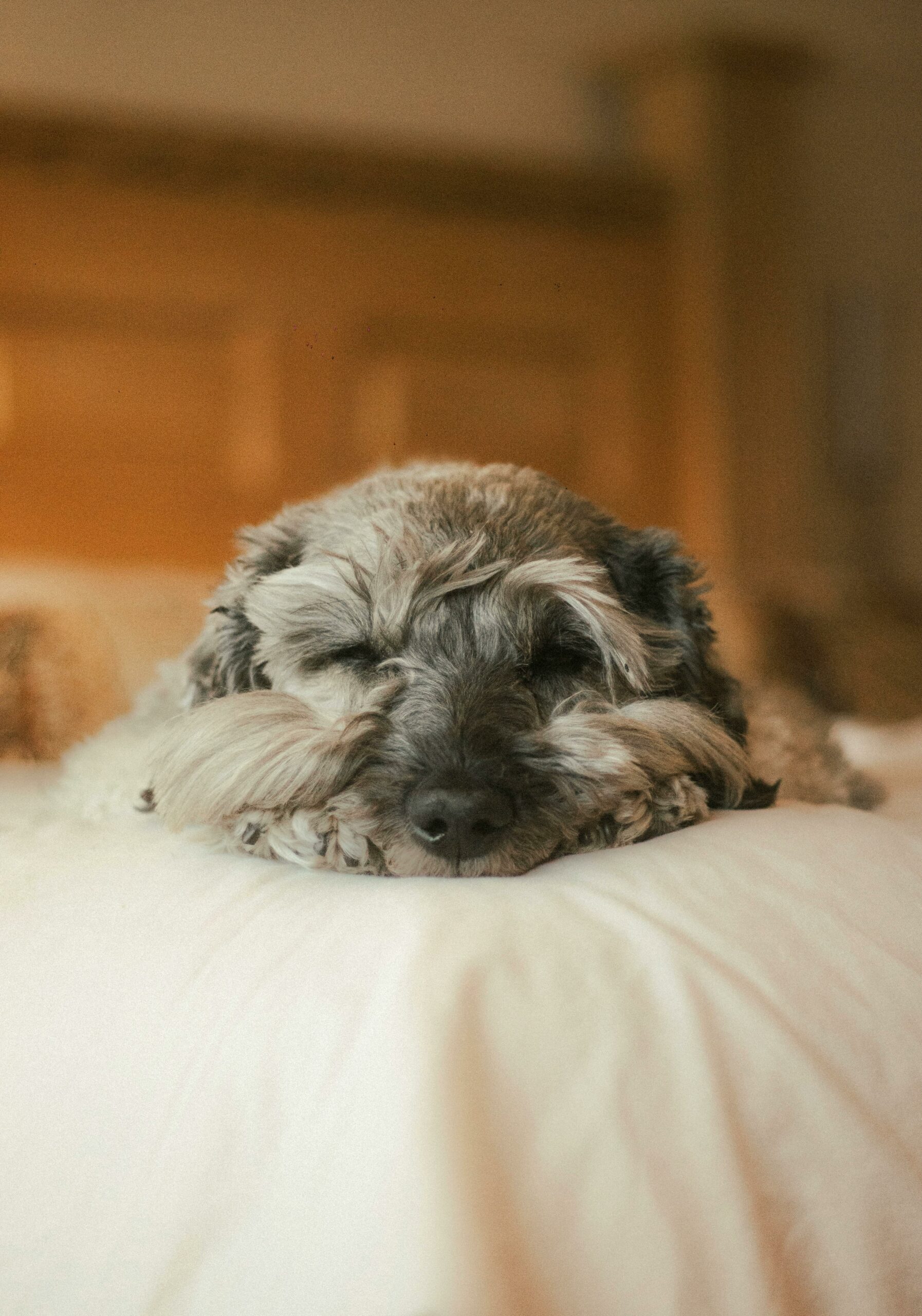
The first thing you need to do is identify the setbacks that are hindering your puppy’s progress. It could be that you’re not following the training plan consistently, or your puppy may not be responding to the training methods you’re using. It’s important to identify the root cause of the issue so you can address it accordingly.
Here are some common setbacks you may encounter:
| Setback | Possible Cause |
|---|---|
| Puppy doesn’t signal when they need to go | Puppy may not have learned to associate a specific behaviour with needing to go potty |
| Puppy has accidents inside the house | Puppy may not understand that going potty is only allowed outside |
| Puppy is afraid of going outside | Puppy may have had a bad experience outside, or may be afraid of unfamiliar sounds or objects |
Observing Your Puppy’s Behaviour
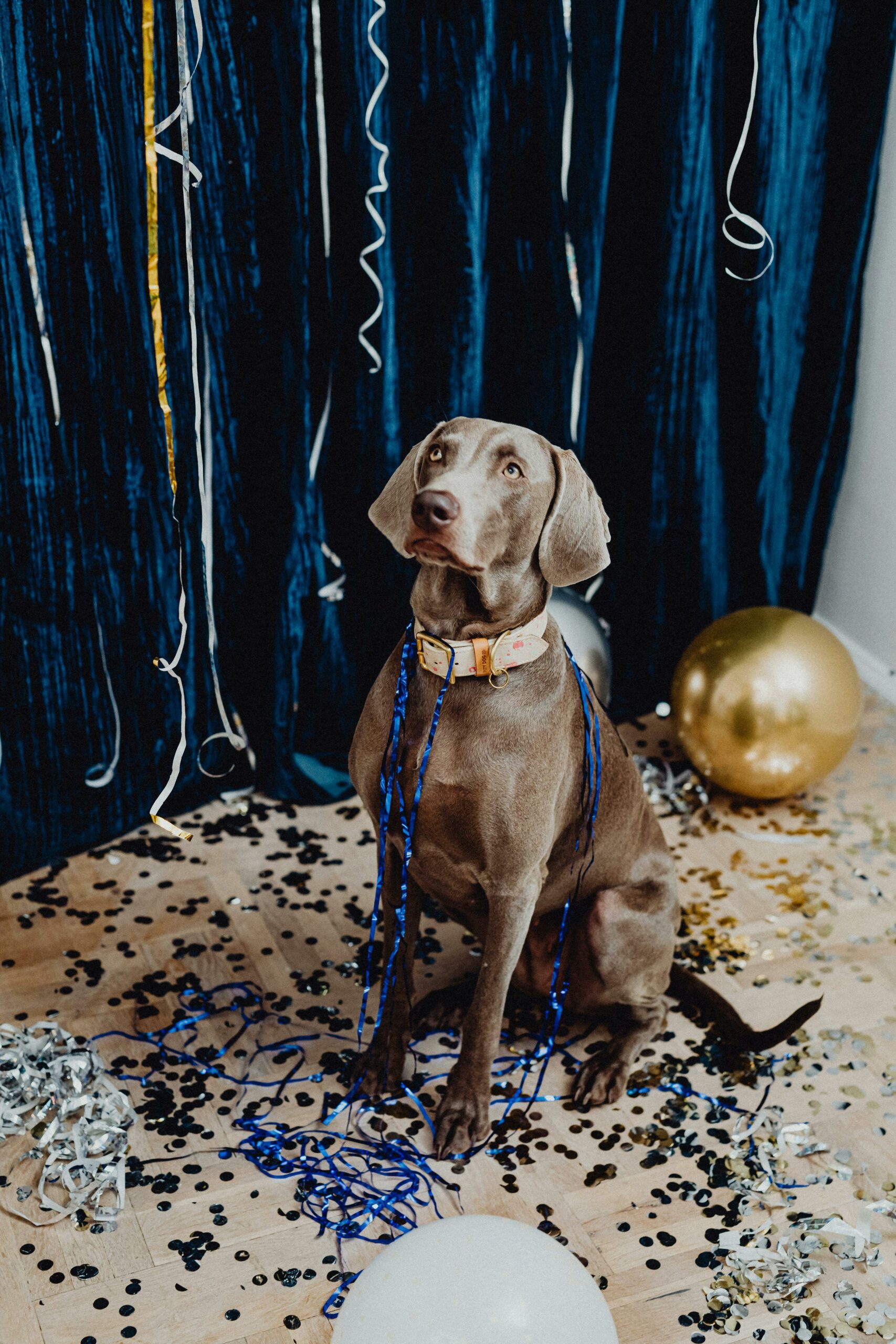
Next, observe your puppy’s behaviour to get a deeper understanding of what’s going on. Take note of when your puppy has accidents, where they have them, and what they’re doing before and after they go potty.
Here are some things to look out for:
- Sniffing around the house
- Whining or barking
- Circling around a specific spot
- Scratching at the door
By observing your puppy’s behaviour, you may be able to identify a pattern or a specific trigger that’s causing them to have accidents inside the house.
Once you’ve identified the setbacks and observed your puppy’s behaviour, you can start working on a new training plan that addresses the root cause of the problem. Remember to be patient and consistent, and to reward your puppy for good behaviour to encourage them to continue making progress.
Back To Basics
When your puppy potty training plan fails, it’s time to go back to basics. Revisiting Potty Training Fundamentals and Setting a Consistent Schedule are crucial steps in getting back on track.
Revisiting Potty Training Fundamentals
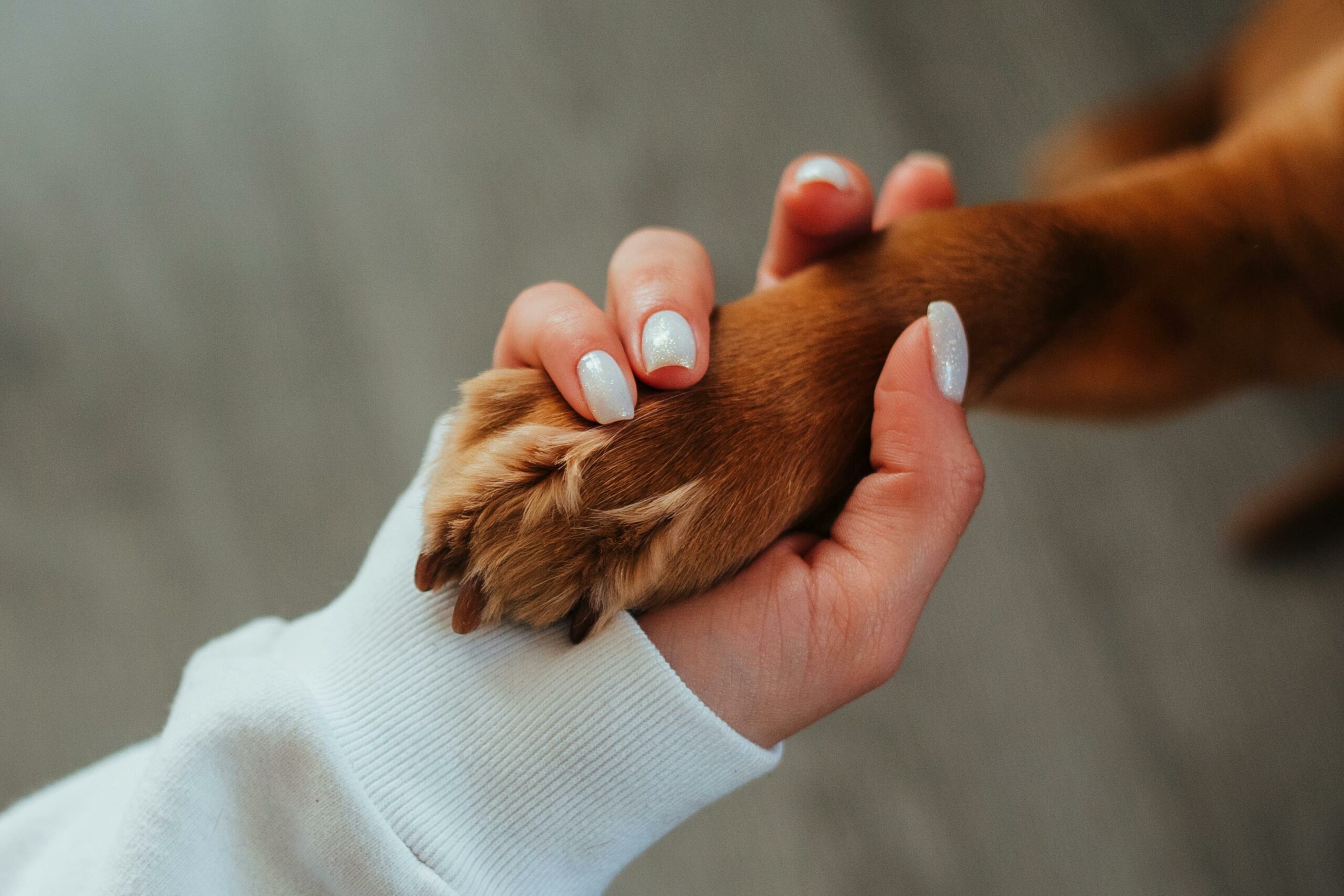
- Choose a designated potty area
- Use positive reinforcement for good behaviour
- Be patient and consistent in your approach
Setting A Consistent Schedule
- Take your puppy out first thing in the morning
- Establish regular potty breaks throughout the day
- Monitor your puppy’s water intake and adjust accordingly
Creating An Ideal Environment
Creating an ideal environment is crucial when it comes to addressing potty training challenges with your puppy. By setting up the right conditions, you can effectively support your puppy in learning appropriate bathroom behaviours. Here are some key strategies to consider:
Designating A Potty Area
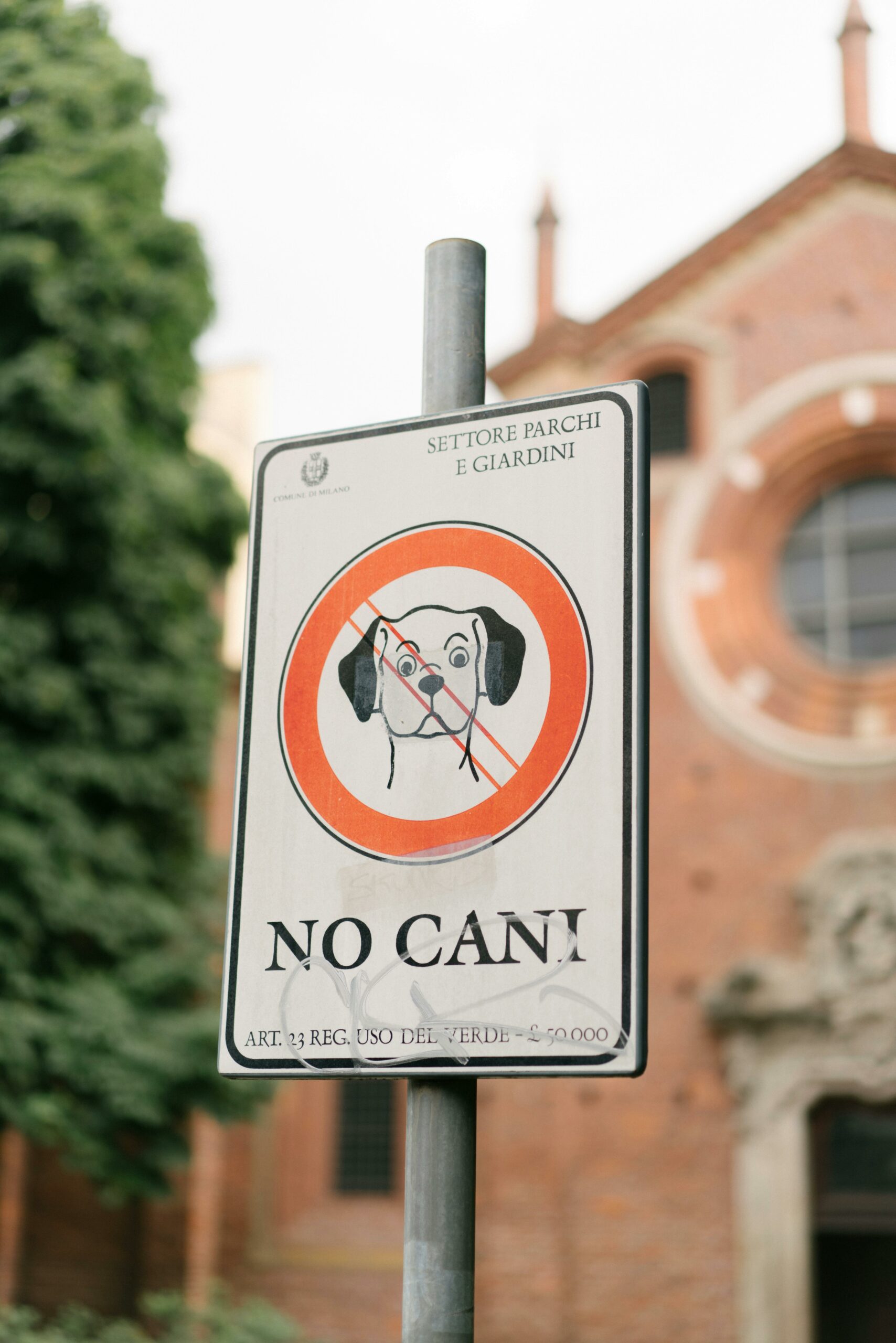
Designating a specific area for your puppy to use as a potty spot can help reinforce the desired behaviour. This should be a spot that is easily accessible and consistently used for bathroom breaks. By creating a designated potty area, you can establish a routine and make it easier for your puppy to understand where they should go.
Minimizing Distractions And Obstacles
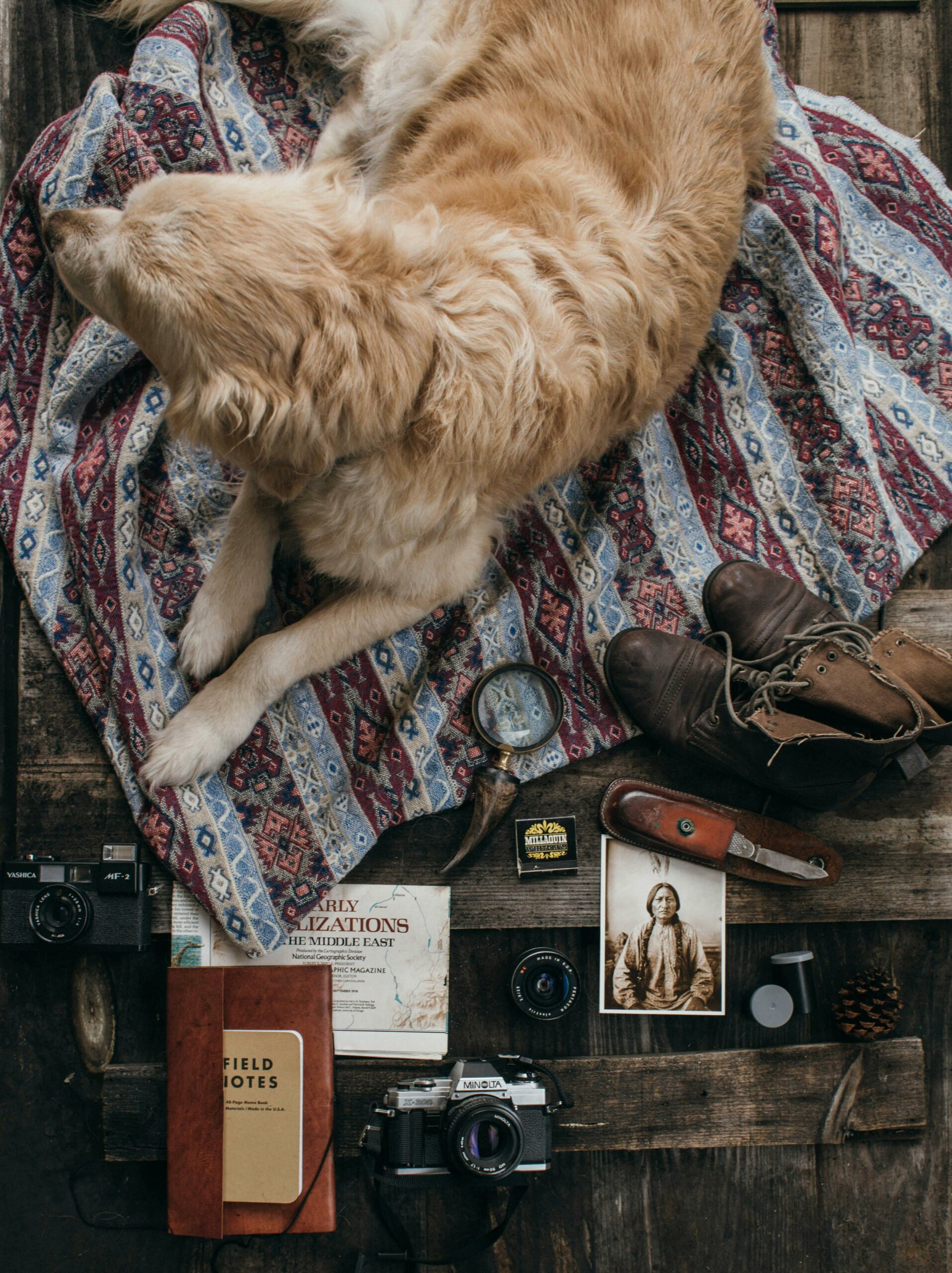
Reducing distractions and obstacles in the potty area can help your puppy focus on the task at hand. Remove any potential distractions, such as toys or other pets, that may divert your puppy’s attention from the potty training process. Additionally, ensure that the potty area is free from obstacles that could impede your puppy’s access to the designated spot.
Positive Reinforcement Techniques
When it comes to addressing a failed potty training plan for your puppy, positive reinforcement techniques can be incredibly effective. These methods focus on rewarding desired behaviours rather than punishing unwanted ones, creating a more positive and successful training experience for both you and your furry friend.
Rewarding Success
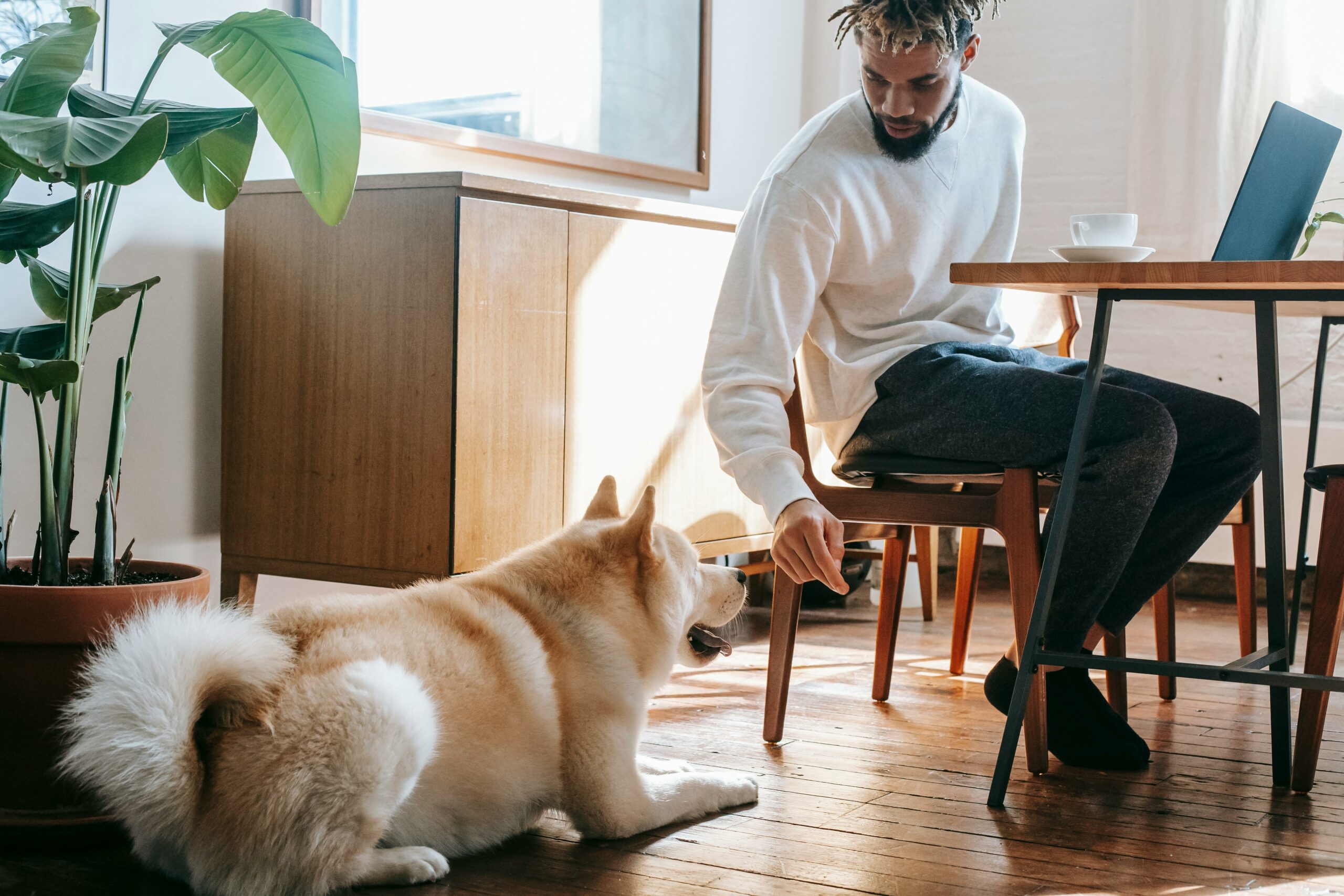
Positive reinforcement involves rewarding your puppy when they exhibit the desired behaviour, such as using the designated potty area. By using treats, praise, and affection, you can create a positive association with the action, encourageing your puppy to repeat it. Consistency is key — make sure to reward your puppy every time they successfully potty in the right place.
Understanding The Impact Of Punishment
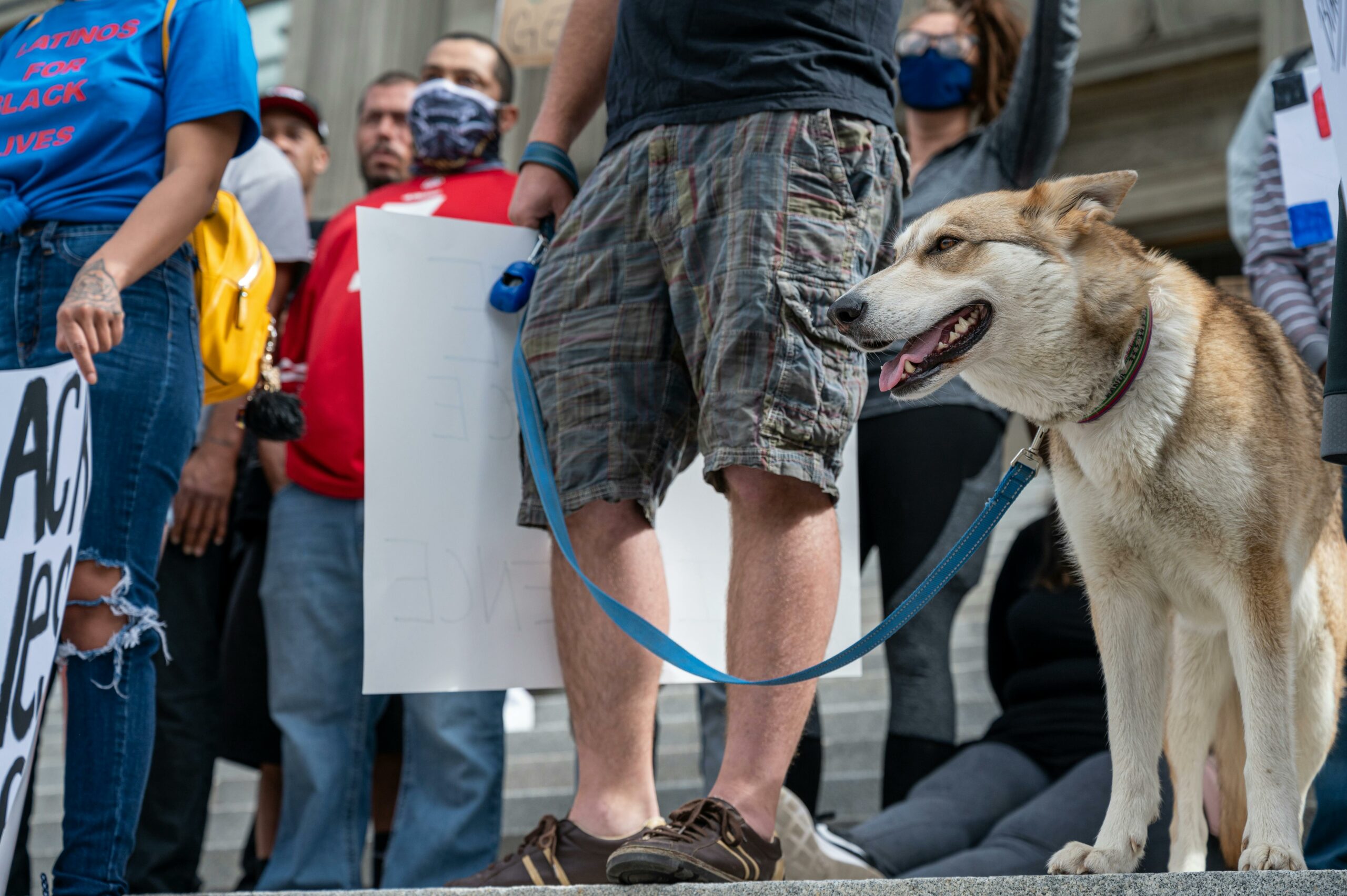
Punishment can negatively impact your puppy’s potty training. Scolding or using negative reinforcement when accidents occur can lead to fear, anxiety, and confusion, potentially exacerbating the issue. Rather than focusing on punishment, concentrate on reinforcing positive behaviours to help your puppy understand what is expected of them.
Health Checks And Considerations
When potty training your puppy, it’s essential to have a plan in place. However, even with the best intentions, sometimes things don’t go as expected. In such cases, it’s crucial to consider the health checks and medical considerations that may be contributing to the potty training challenges your puppy is facing.
The Role Of Diet
Paying attention to your puppy’s diet is crucial when dealing with potty training issues. Ensure that your puppy is getting a balanced and nutritious diet. Avoid feeding your puppy table scraps or unapproved treats, as these can lead to digestive issues and inconsistent potty habits.
Recognising Medical Issues
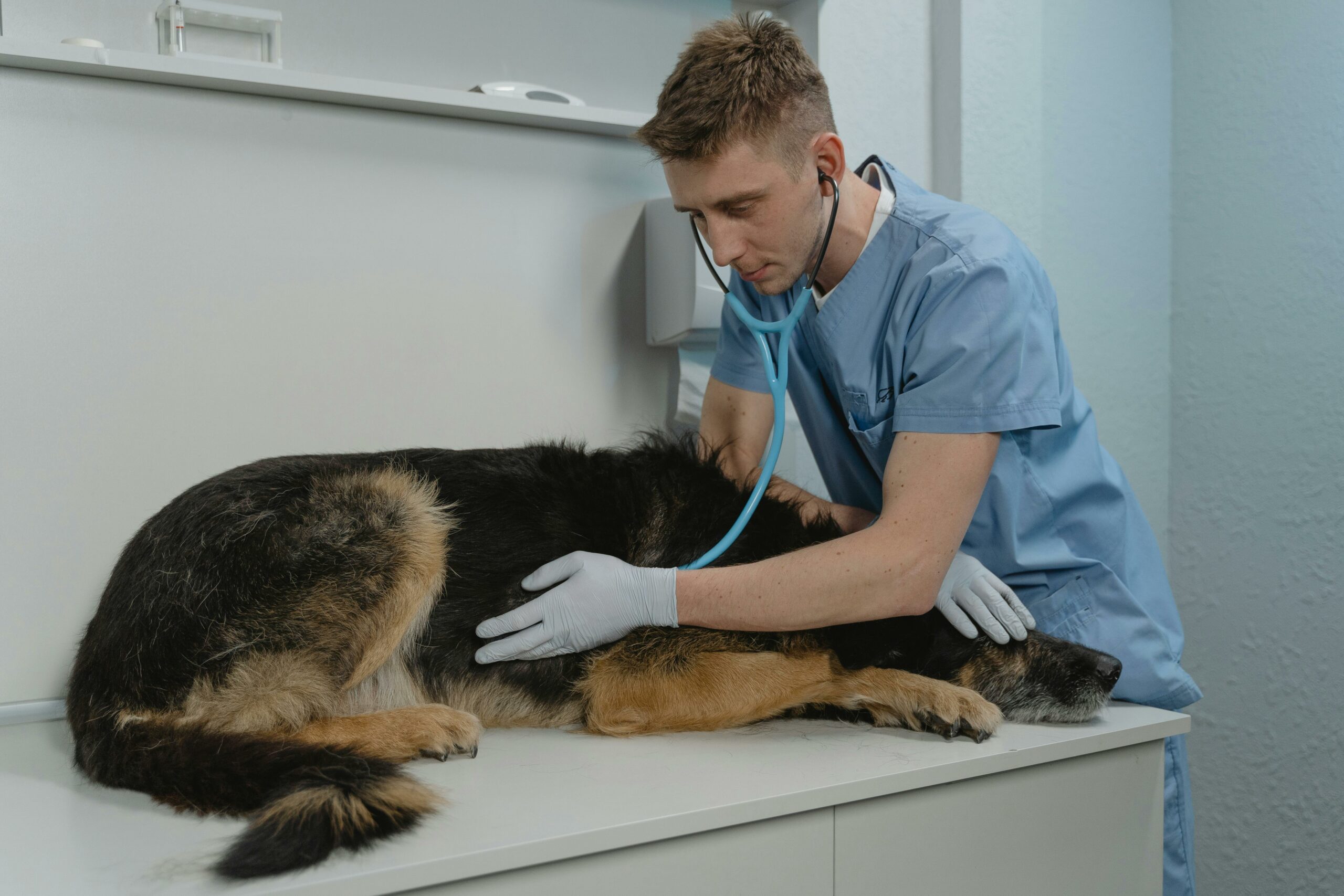
It’s important to be vigilant and recognize any signs of medical issues that may be affecting your puppy’s potty training. Look out for symptoms such as excessive thirst, frequent urination, blood in the urine or stool, vomiting, diarrhoea, or sudden changes in behaviour. Consult your veterinarian if you notice any of these signs to rule out any underlying health concerns.
Adapting The Plan To Your Puppy
When your puppy’s potty training plan isn’t going as expected, it’s crucial to adapt and tailor the approach to suit your puppy’s specific needs. Adapting the plan to your puppy involves considering factors such as breed-specific training tips, adjusting for age and learning speed, and understanding individual preferences and behaviours.
Breed-specific Training Tips
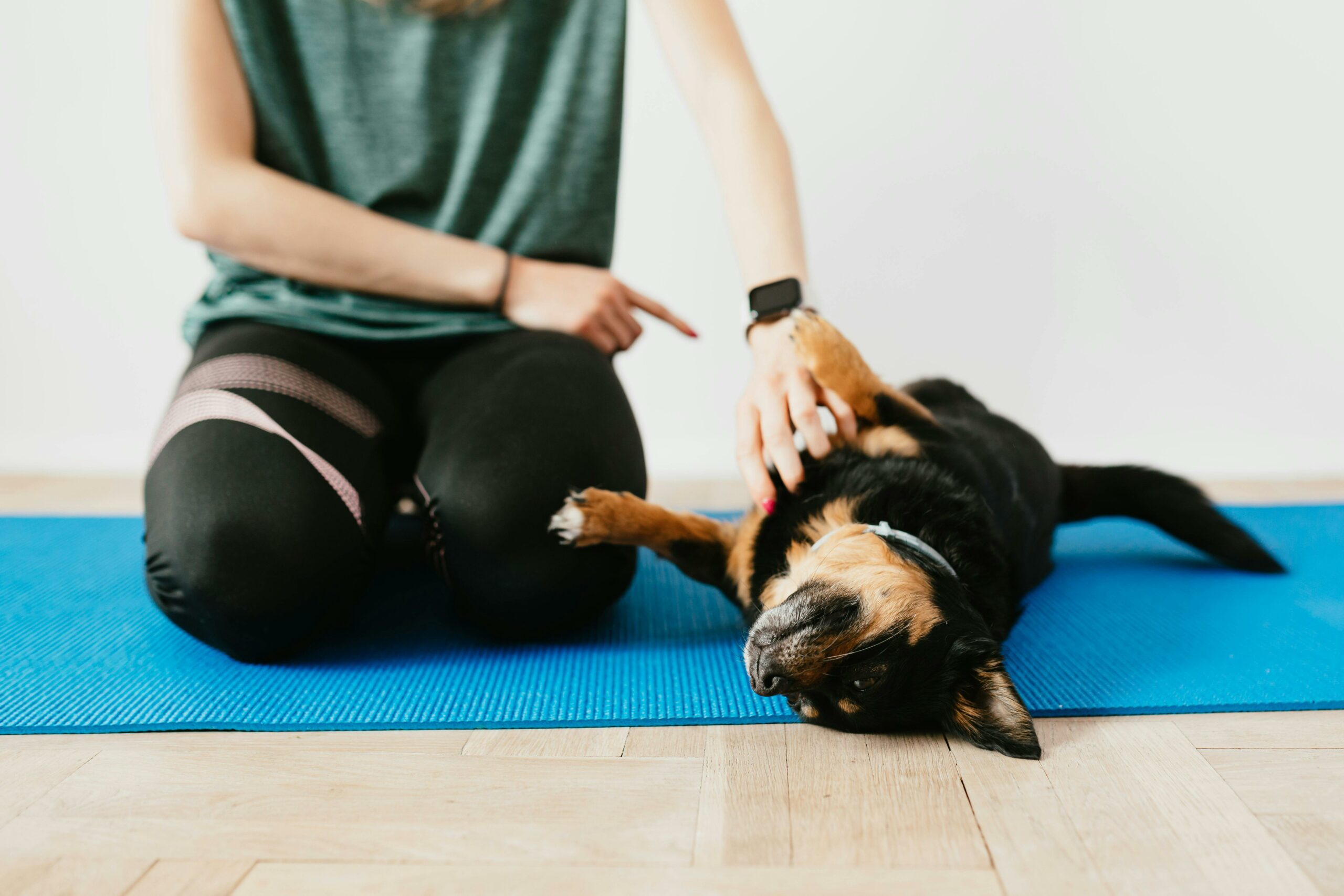
Understanding your puppy’s breed characteristics can significantly impact your potty training approach. Different breeds may have varying tendencies and preferences when it comes to potty training. For instance, smaller breeds may need more frequent bathroom breaks, while larger breeds may have different signalling behaviours. Research and implement breed-specific training tips to cater to your puppy’s unique requirements.
Adjusting For Age And Learning Speed
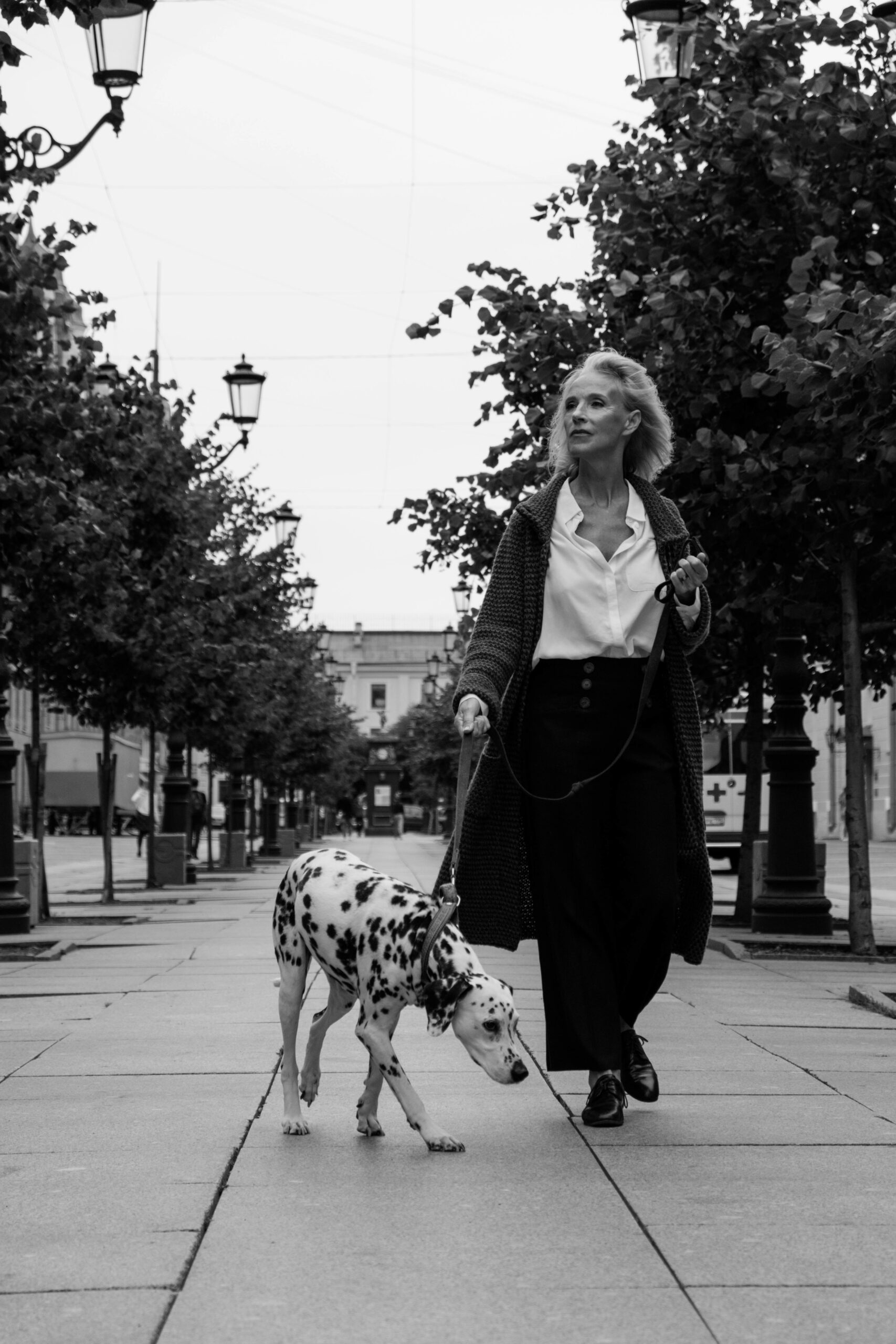
Every puppy is unique, and their ability to grasp potty training concepts can vary based on their age and learning speed. Younger puppies may require more frequent trips outside, while older puppies may have a more profound understanding of bladder control. Adjusting the training schedule and expectations based on your puppy’s age and learning speed can greatly enhance the effectiveness of the potty training plan.
Common Mistakes To Avoid
Training your puppy requires consistency in commands and schedules.
Changing the rules confuses the puppy and hinders progress.
Ignoring cues like sniffing or circling leads to accidents inside.
Pay attention to your puppy’s behaviours to avoid setbacks.
When To Seek Professional Help
If your puppy potty training plan isn’t working, seek professional help to address the issue effectively. Trained experts can provide guidance and support to troubleshoot training challenges and set your puppy up for success eventually.
If you have tried several puppy potty training methods and none seem to work, it is time to seek professional help. It can be frustrating when your furry friend just can’t seem to get the hang of potty training. However, it is essential to remember that every puppy is unique, and some may take longer to learn than others. Consulting a veterinarian or hiring a professional trainer can be beneficial in such a situation.
Consulting A Veterinarian

If your puppy is having difficulty learning potty training, consulting a veterinarian should be your first step. A veterinarian can determine if there is an underlying medical condition that is hindering your puppy’s ability to learn. Urinary tract infections, for example, can make it difficult for your puppy to hold its urine. Your vet can also give advice on dietary changes that can help your furry friend learn potty training faster.
Hiring A Professional Trainer
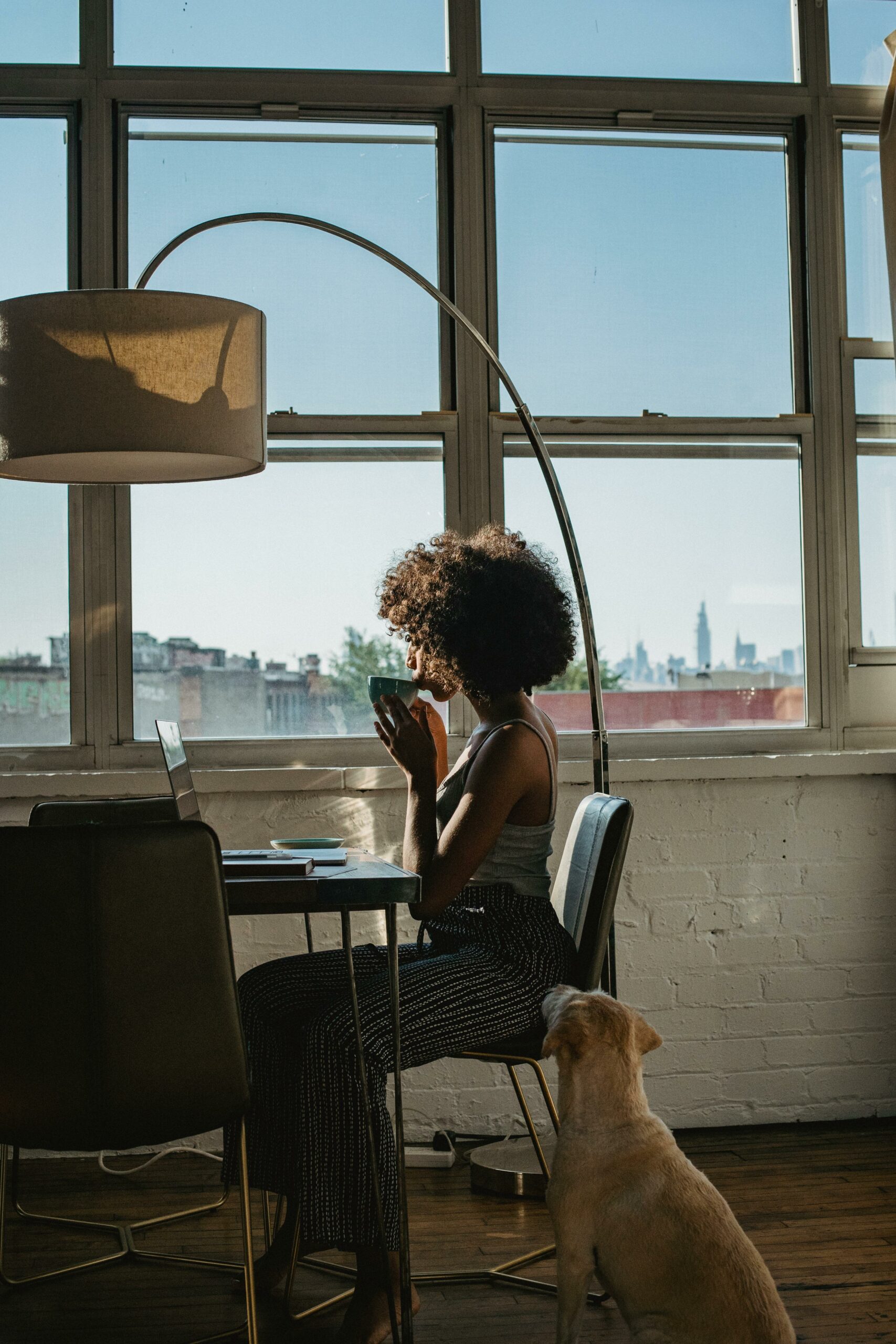
If your puppy’s potty training troubles persist even after consulting a veterinarian, it may be time to hire a professional trainer. A professional trainer can help identify the root cause of the problem and come up with an effective training plan. They can also provide practical advice on how to reinforce good potty training habits and break bad ones.
In conclusion, seeking professional help is crucial when your puppy potty training plan fails. Consulting a veterinarian and hiring a professional trainer are two options you can consider. Remember, every puppy is unique, and some may take longer to learn than others. With patience and persistence, your furry friend will eventually learn to potty-train successfully.
Frequently Asked Questions
What To Do When Puppy Potty Training Isn’t working?
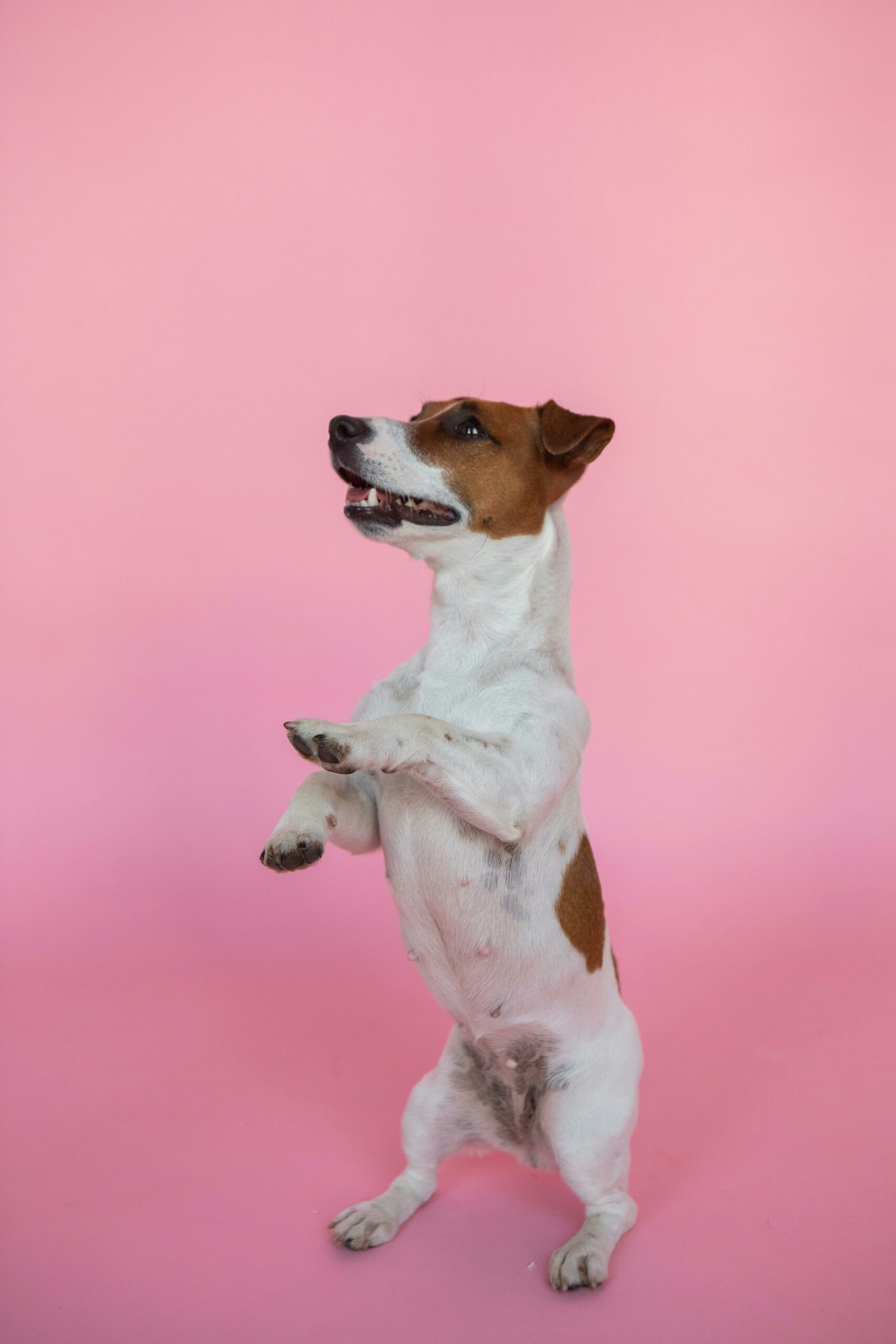
If puppy potty training isn’t working, reassess routine, increase potty breaks, use positive reinforcement, clean accidents thoroughly, consult vet for underlying issues.
Why Is My Puppy Potty Training Not Going Well Then?
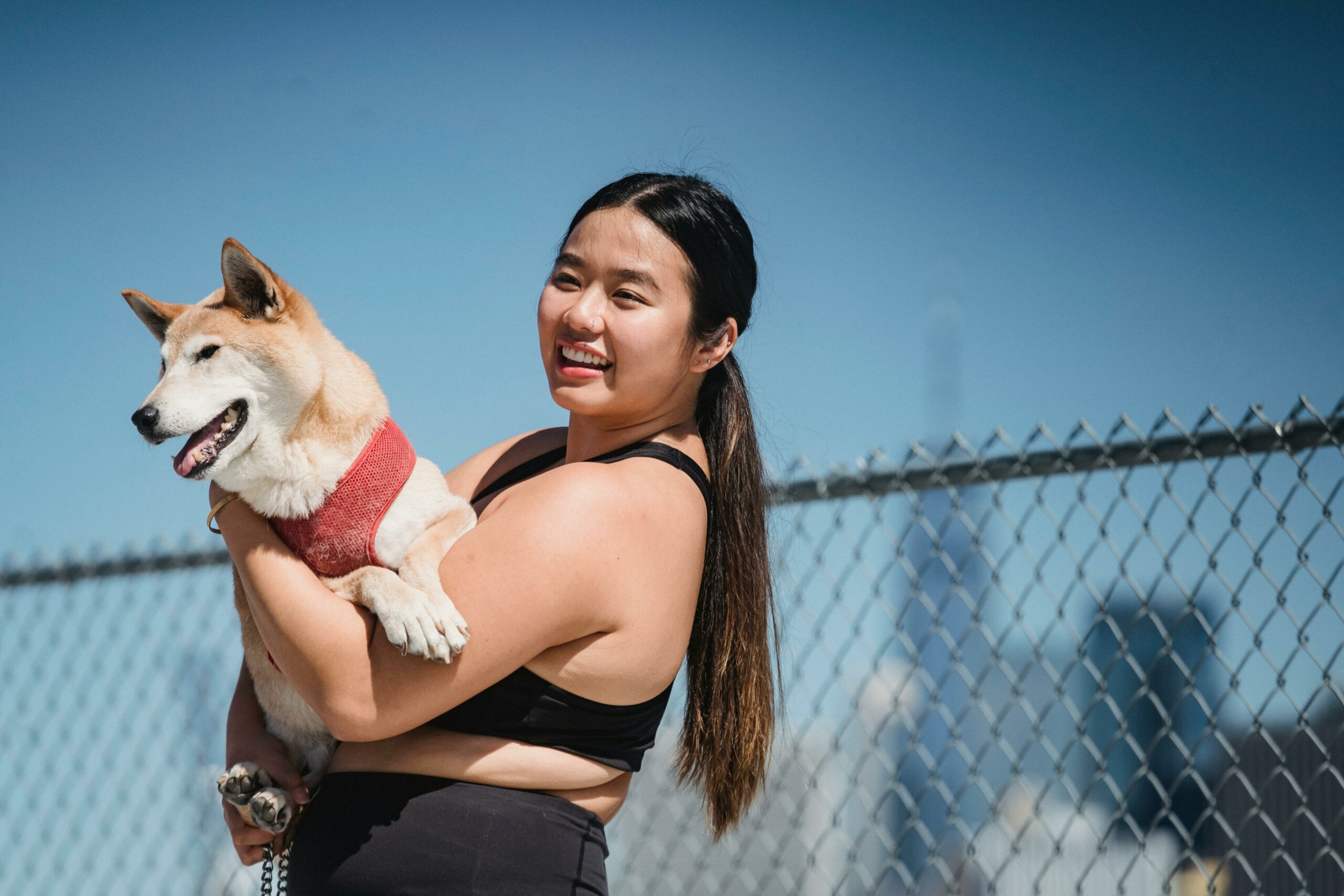
Puppy potty training can be inconsistent due to their small bladder, distractions, or changes in routine. Stay patient, consistent, and positive during training. Stick to a schedule, reward good behaviour, and clean accidents thoroughly to reinforce training. Consistency is key to successful potty training.
Why Is My Puppy Inconsistent With Potty Training?
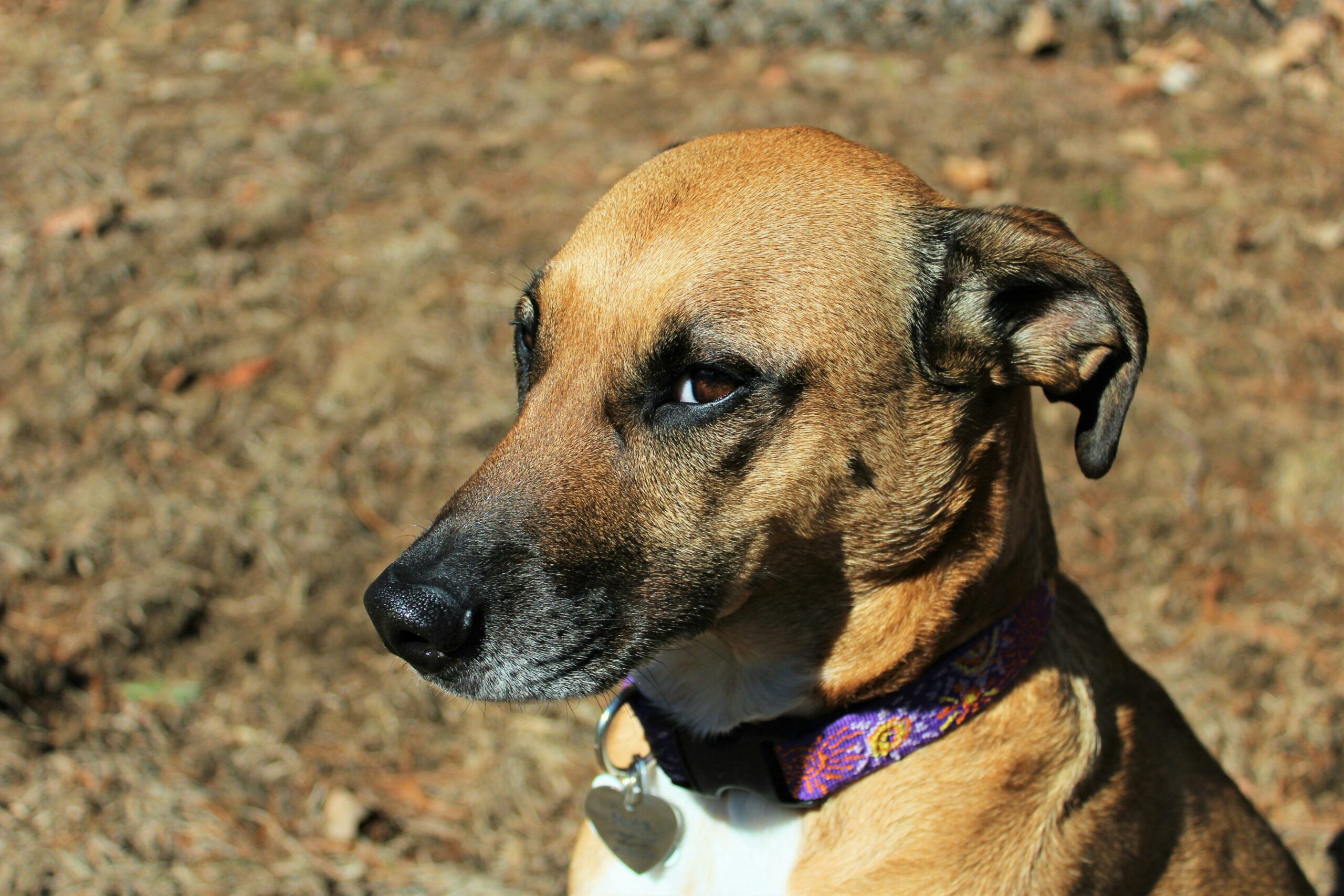
Inconsistent potty training in puppies may be due to their young age and limited bladder control. Establishing a consistent routine and positive reinforcement can help improve their training. It’s also important to be patient and understanding during this learning process.
What To Do When a Puppy Regresses In Potty Training?
To address puppy potty training regression, reinforce a consistent schedule, reward good behaviour, clean accidents promptly, and consult a vet for health issues.
